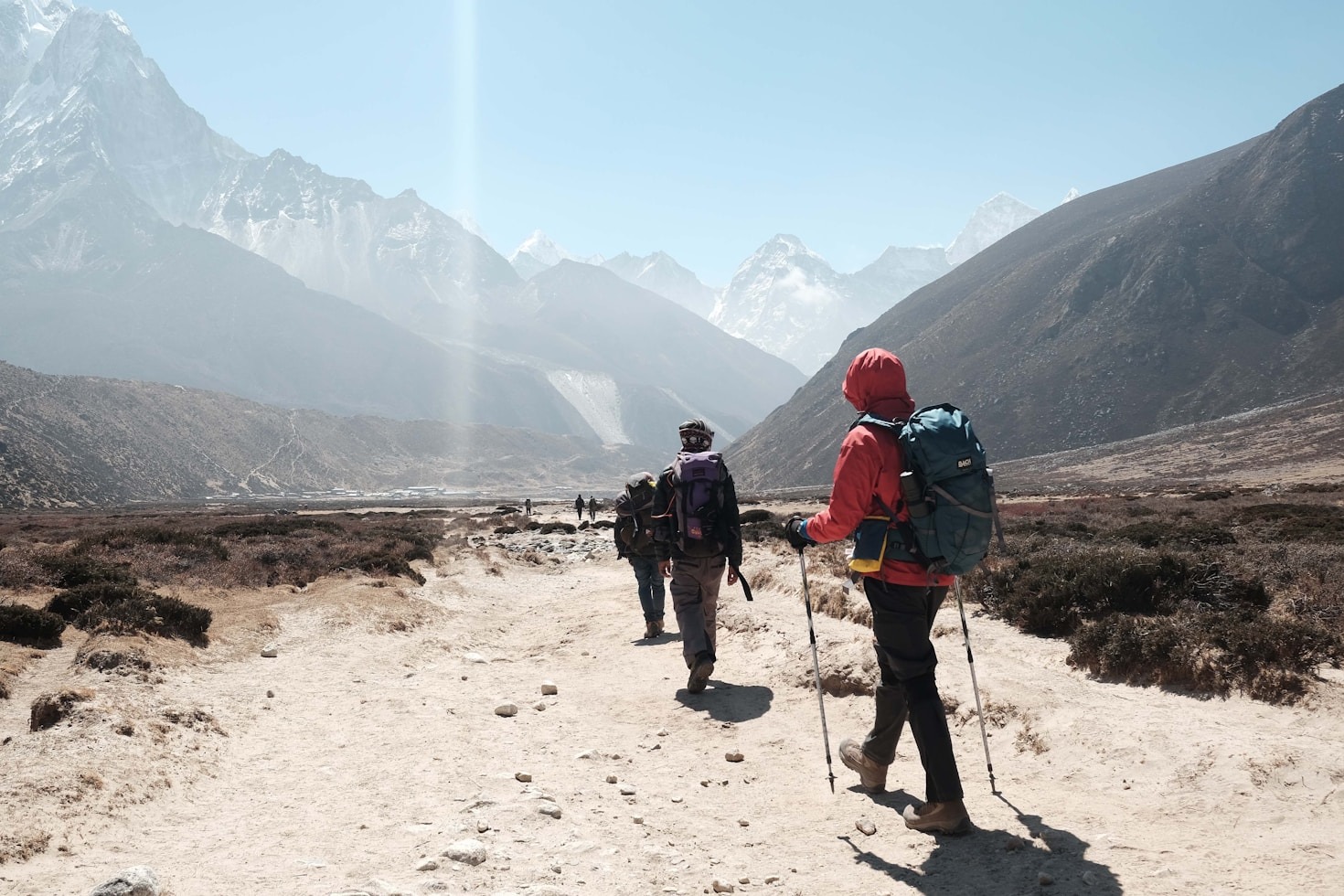When it comes to hiking, especially on longer or more rugged trails, every ounce counts. Carrying too much can lead to sore muscles, slower pace, and even injury. Fortunately, packing light doesn’t mean sacrificing safety or comfort—it just means packing smart.
In this guide, we’ll break down proven strategies to lighten your load while keeping your trail essentials intact.
🧠 Start With a Mindset Shift
Before anything else, change the way you think about gear. Instead of asking, “What might I need?” ask yourself, “What can I do without?” Many new hikers overpack for “just in case” situations that never happen.
💡 Key Tip: Focus on multi-use items and eliminate redundancy. One quality item that serves multiple purposes is better than three single-use gadgets.
✅ The Big Three: Cut Weight Where It Matters Most
I advise every camper to look at a camping gear checklist before you hit the trail.
The **”Big Three”—your backpack, sleep system, and shelter—**are where you can make the biggest impact.
1. Lightweight Backpack
Choose a frameless or ultralight pack suited for shorter trips. Look for packs under 2 lbs that still offer support and comfort.
2. Compact Sleep System
Go for a down or synthetic sleeping bag rated for the expected temps but without extra bulk. Pair it with an inflatable sleeping pad that balances comfort and weight.
3. Minimal Shelter
A tarp, bivy, or single-wall tent saves space and weight compared to traditional double-wall tents.
🥾 Choose Multi-Use Clothing
When packing clothes, layers are your best friend. But even then, choose smartly:
- 🧥 One insulating layer, like a down jacket
- 👕 Two base layers, quick-drying and breathable
- 🧦 Two pairs of socks (one to wear, one to dry)
- 🧢 Hat or buff for sun or warmth
- 🩳 Convertible pants or shorts
🎯 Skip cotton. Opt for wool or technical fabrics that handle sweat and moisture better.
🍽️ Streamline Your Cooking Setup
Unless you’re preparing gourmet trail meals, a minimalist cooking system is all you need.
- 🔥 Use a canister stove like the Jetboil or MSR PocketRocket
- 🍲 Eat from your pot or mug
- 🥄 Bring a spork—it’s all you need
- 🧽 Wipe clean with a bandana or biodegradable wipe
- I never go anywhere without my GS-3400P dual heat source camping stove
For short trips, cold-soaking (no stove at all) is also a great ultralight strategy.
💧 Water: Treat It, Don’t Carry It
Instead of hauling liters of water, treat water as you go.
- 💧 Use a squeeze filter (like the Sawyer Squeeze)
- 💊 Carry backup purification tablets
- 🥤 Refill at known water sources along your route
Pro Tip: Learn to read maps and plan around water stops. This helps you carry only what you need between sources.
📦 Ditch the Extras (Seriously)
Some things sound useful but rarely get used. Be honest about what you need:
- ❌ Extra gadgets, books, or full-size toiletries
- ❌ Multiple knives or tools
- ❌ Full-size towel or bulky first aid kits
✅ Instead, pack a small first aid kit, cut-down toothbrush, mini sunscreen, and tiny toothpaste—you get the idea.
⚖️ Do a Shakedown Hike
Before your main trip, do a practice hike with your full gear. This helps you test your setup, spot excess weight, and adjust.
You’ll be surprised at how many items you never even touch—and can safely leave behind next time.
🏁 Final Thoughts: Pack Light, Hike Far
Ultralight hiking isn’t about suffering or skipping essentials. It’s about strategic choices that free your body and mind. With less weight, you’ll hike faster, feel better, and enjoy the trail more deeply.
So, the next time you hit the trail, review your gear, trim the excess, and pack like a pro. Your back—and your feet—will thank you.
My final thought on packing light: Sure, you may want to pack light, but don’t forget to bring essential camping gear. Here is our post about using a checklist to ensure you have what you need at a minimum. Just click on “checklist” above.

Leave a Reply